- Type:
- shipwreck, barge
- Specs:
- 963 tons
- Sunk:
- Wednesday February 17, 1943
possibly collision with Harry Rush - Depth:
- 75 ft
More: F.F. Clain ...
A ship is a large watercraft that travels the world's oceans and other sufficiently deep waterways, carrying goods or passengers, or in support of specialized missions, such as defense, research, and fishing. Ships are generally distinguished from boats, based on size, shape, load capacity, and tradition.
More: Gallery of Ships ...
More: F.F. Clain ...
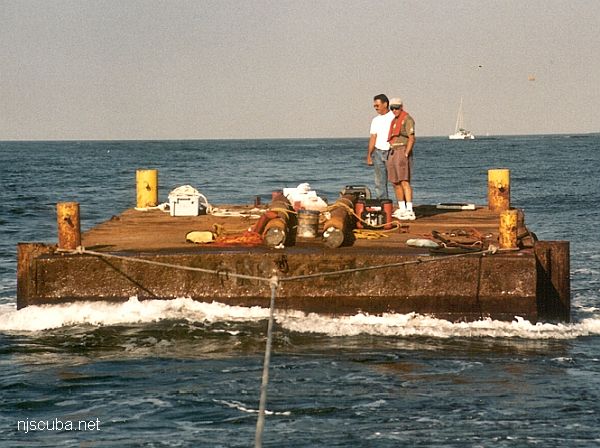
More: Fallen Friends ...
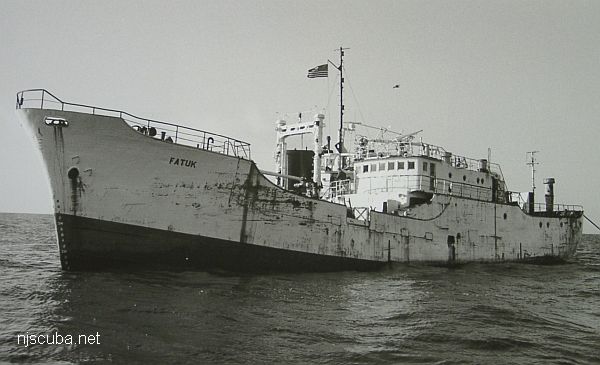
More: Fatuk ...

More: Fells Point ...
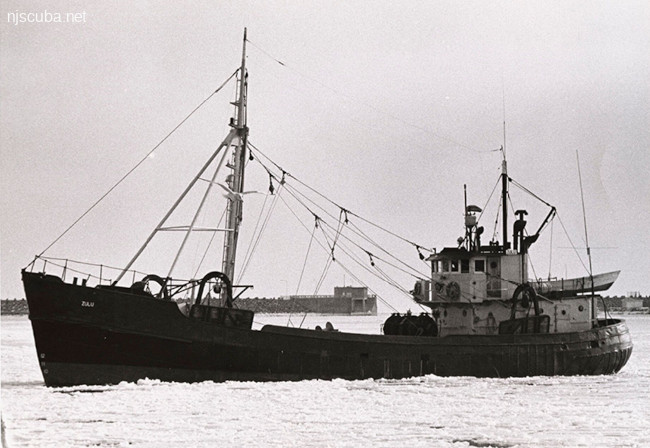
More: First Lady ...
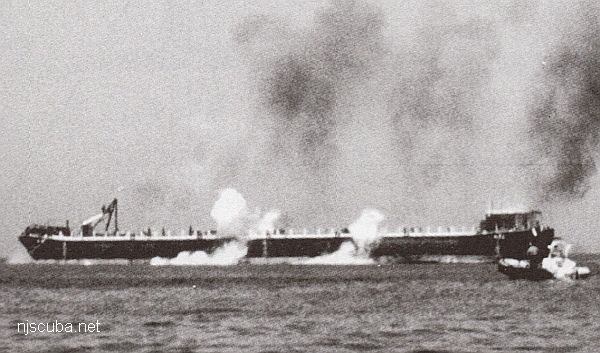
More: Fisherman ...
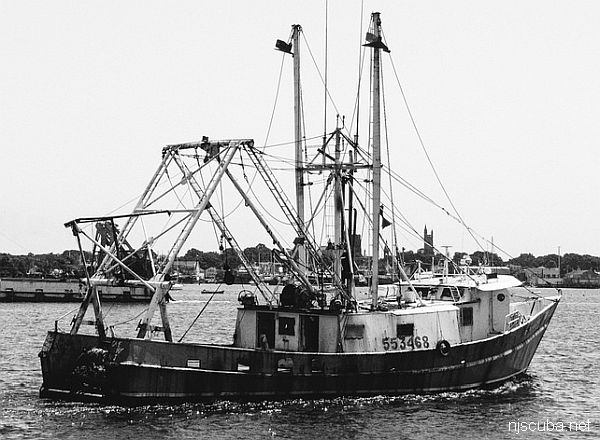
More: Fishermans Dream ...
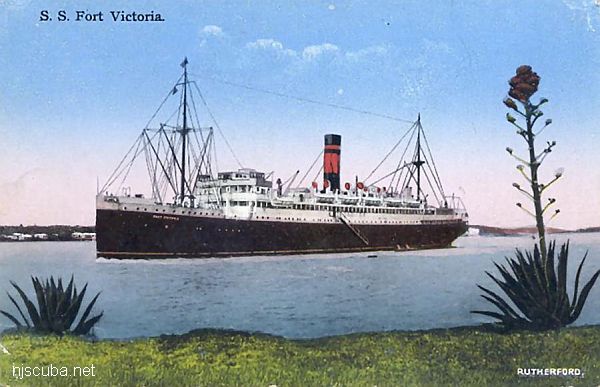
More: Fort Victoria ...
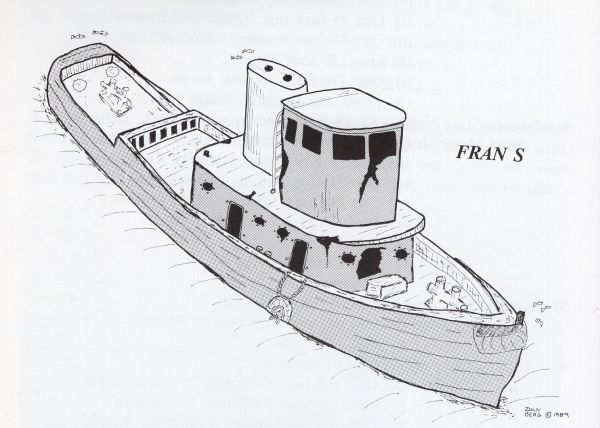
sank during dredging operations
later raised, moved, and re-sunk as part of reef
intact, upright
More: Fran S ...